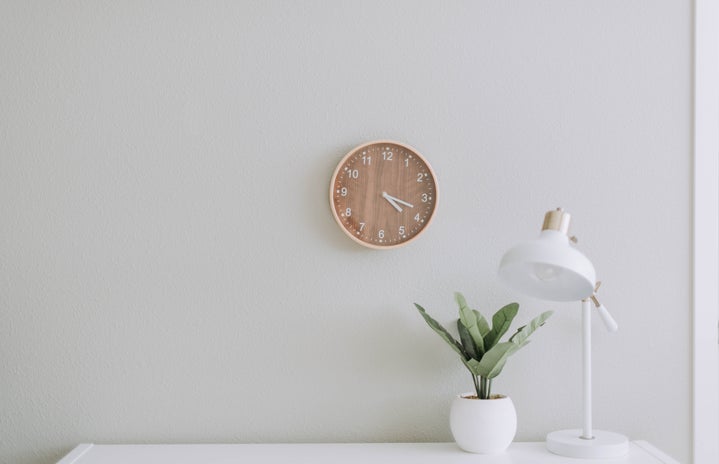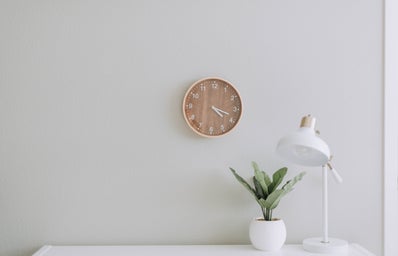Sweatpants and t-shirts may suffice for college classes, but jobs and job interviews require more thought. For job interviews, it’s always better to go overdressed than underdressed. So, what do you do if you’re told the dress code is business casual? Because that’s a really broad category, it’s better to stay on the dressy side until you see what other people in the office are wearing. Let’s breakdown the basics.
Neutral Classics
A must have for any wardrobe are neutrals. Black, white, tan, brown, and navy are all good colors that will work with anything and won’t be too bright for a conservative workplace. At the minimum I suggest two black blazers, four pairs of black pants, and a black dress that hits at the knees.
Finding blazers that fit well can be a struggle. Make sure that they aren’t too tight in the shoulders, and pay attention to the length. A longer blazer is more professional and may look better with button downs. A short blazer usually looks better with dresses because it ends at and emphasizes the waist.
Black pants can also be difficult. You don’t want them too tight in the legs and they shouldn’t be too long. Nothing is more annoying than your heel catching on your pants.
Dresses and Skirts
These can be tricky. Some workplaces will give you a length requirement. If yours doesn’t, it may be good to wait until you see what other people are wearing. A good rule of thumb is to find a dress or skirt that hits just below the knee. With dresses and skirts, there’s always the question to wear pantyhose or no hose. Again, it may be good to wait and see. If you have pantyhose without runs, then it’s better to wear them and be safe.
Color
Work clothes don’t have to be boring. If you work in a conservative office, a small pop of color on your necklace or on a bracelet can tie your outfit together. Avoid hot pinks and electric blues, but color can make your outfit look more pulled together.
If your workplace is a little more lax, you could wear a statement necklace and coordinate the color with your shoes. The most obvious place to add color is your shirt, but you could also wear a colorful skirt, blazer, or dress depending on your workplace.
Shirts
This may seems obvious, but it’s usually recommended to wear a shirt/blouse that covers your shoulders or to wear a blazer/sweater over a sleeveless top. Another thing to watch for is how low the top of the shirt hits. Accidently flashing your coworkers is generally frowned upon.
Be careful with sheer shirts. Yes, you can wear tank tops under them, but some workplaces don’t want to be able to see your tank top through your shirt.
Shoes
Wear shoes that you can walk in. They can be heels or flats, just be sure you aren’t stumbling around on your first day.
If you’re unsure of the dress code in your office, it never hurts to ask. It’s better to dress conservatively until you have a better idea of the rules than to try a bold, orange pantsuit on the first day. Also, offices are usually cold. Bring a nice sweater, a blazer, or even hot chocolate or coffee during air conditioning season. It’s hard to get work done when you’re teeth are chattering and you’re paranoid about your skirt being too short.


